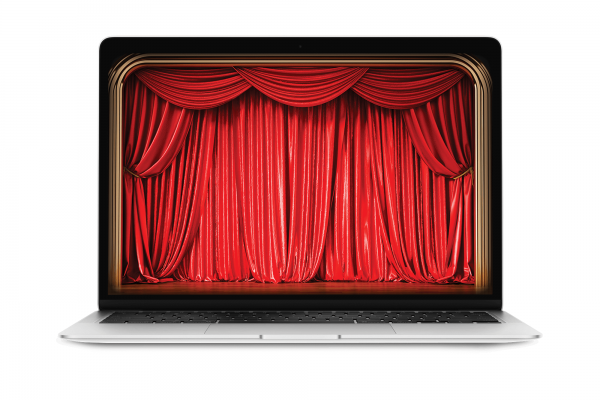WHEN WESTERN THEATER was born in the ancient Theatre of Dionysus some 2,500 years ago, its creators aspired to create a democratic institution, meant to serve the members of every tribe in Greece. The reality fell far short of the aspiration, of course, since women and slaves were excluded from both democracy and the grand stone auditorium. Nevertheless, the theater of Greece was born in a kind of perfect storm, a concurrence of democratic ideology and ideals—especially the belief in free speech for those deemed fit to govern (i.e., free men)—with a golden age of literature. This era brought about some of the most powerful dramatic works known to humanity in the plays of Aeschylus, Sophocles, Euripides, and Aristophanes.
We could be at the brink of another golden age for theater, arising from changes caused by the coronavirus pandemic. How can I say this, when most of those who work in the theater are worried about how theatrical institutions will survive this crisis? Joseph Haj, artistic director of the Guthrie Theater in Minneapolis, notes that theater has endured for centuries “because it is one of society’s proven necessities, not some old-fashioned practice.” It’s a necessity because humans need to gather to hear our stories and find safety in being together—the communal theater experience pushes back at the dangers and sadness that surround us.
And yet the questions abound: Will there be enough funding, public and private, to keep theaters afloat? Will audiences come if they are living in fear? Funding and sufficient audience support were worries before the pandemic hit, even as theatrical writing and technique thrived during the past decade, releasing many new voices onto public stages. The problem is that when a theater ticket often costs upward of $100, few people can afford access to these new voices. Despite the democratic ideals at its roots, U.S. live theater has served a very small, mostly white, upper-middle-class audience. The main exceptions are the rare state and federal grants that provide broader access through educational programs.
Read the Full Article

